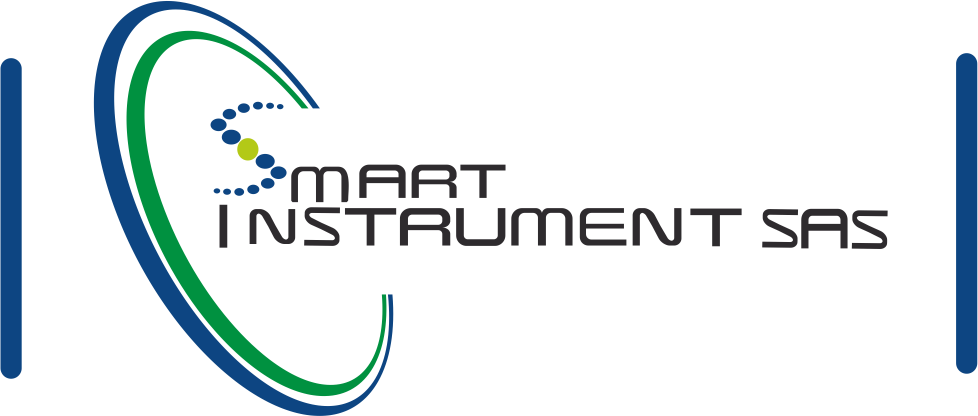- 6 de febrero de 2025
- Posted by: smarti
- Categoría: ! Без рубрики
Performance Enhancing Hormone Doping in Sport Endotext NCBI Bookshelf
Although blood transfusion was first banned by the IOC in 1986, the first practical approach to banning blood doping was the introduction of hematocrit testing in 1997 by the international skiing and cycling federations. These regulations excluded athletes on health grounds from entering competition on the day if their hematocrit exceed a safety threshold (0.50). However, this encouraged hematocrit titration to just below threshold and only prevented competing until hematocrit returned under that threshold, which could be quickly accomplished by venesection. Although the primacy of penalizing cheating is widely understood, implementing these criteria encounter ethical and practical difficulties in proving ergogenic effects of increasing numbers of illicit and/or non-approved substances. These substances have unknown safety so that human testing is not feasible making athlete safety an important consideration. Crucially, the Code imposes strict liability on individual athletes so that a positive anti-doping test (including refusal or avoidance of testing or possession, attempts, trading and tampering with banned drugs) constitutes an anti-doping rule violation (ADRV), regardless of intent or negligence.
- These benefits extended from below to well above physiological T doses or blood levels without evidence of plateau (37,38) and regardless of age (39).
- The prevalence of doping in elite sports as an illicit activity with drastic consequences for athletes admitting guilt remains difficult to quantify using laboratory-based testing, inference from performance, or self-report questionnaires (24).
- Thyroid hormone (TH) abuse for performance enhancement in sport remains controversial and it is not prohibited in sports under the World Anti-Doping Code.
- The limitations of in vitro androgen bioassays are their susceptibility to matrix effects and difficulties in standardizing bioassay-based test.
GROWTH HORMONE
- Like other short peptides, once chemical structures are known, detection is readily feasible using LC-MS (247,248).
- High performance in any sport requires a characteristic blend of these dimensions although individual sports differ widely in that balance.
- Detection of EPO in urine is difficult because of the prevailing low concentrations and need to distinguish exogenous recombinant from endogenous EPO.
- Furthermore, the ubiquity of low-level environmental phthalate exposure requires establishing detection thresholds and non-plastic blood containers can be used.
- Nevertheless, fairness is an elastic, socially constructed concept which may change gradually over time.
Conceptually, it is a biomarker test which adopts a Bayesian approach of creating serially-adaptive, person-specific reference limits, based on using all prior testing, to supplant population-based thresholds. Combining all of an individual’s previously collected hematological data creates a probabilistic test of whether any new result deviates significantly from that individual’s personal reference limits (149). The thresholds are calculated by a variety of algorithms incorporating routine hematological parameters, notably hematocrit and reticulocyte counts. Those were developed over the last two decades to create the ABP hematological model which is sensitive to both direct and indirect hemoglobin doping (150). The first attempts to regulate hemoglobin doping in the late 1990’s sought to prevent road cyclists or cross-country skiing athletes competing on health risk grounds when their hematocrit exceeded pre-determined, population-based safety criteria (e.g. hematocrit 0.50 or hemoglobin 170 g/L for cycling). More sophisticated hematological algorithms were then developed to detect hemoglobin doping initially for the Sydney 2000 Olympics (152,153), the first generation of algorithms developing validated tests for ongoing and for recent cessation of hemoglobin doping, using a combination of biochemical variables related to erythropoiesis physiology.
Although TH function tests are adequate for clinical care in conjunction with medical history, physical examination, and thyroid uptake scans, laboratory antidoping tests primarily operate in isolation and require a medico-legal standard sufficient to potentially bar professional athletes from conducting their profession. In that context, the limited harmonization of TH immunoassays could create medico-legal problems if used alone. The pivotal serum TSH screening immunoassays, despite lacking a pure gravimetric standard, have achieved significant harmonization 65, although without universal acceptance 66-69.
TH abuse, including nonprescription use of T3, without critical reference to scientific data or medical supervision, is promoted unrestricted by some bodybuilding regimens operated by those marketing illicit supplies of drugs. Based on this clinical criteria, some athletes under Salazar were reportedly treated inappropriately with thyroxine. In other words, even when TSH was in the normal range and the athletes were in euthyroid status, in the absence of an indication of subclinical hypothyroidism, it appears that thyroxine was given in the belief that this might aid with maintaining low body weight, which could be a performance advantage. Nevertheless, WADA does not consider thyroxine to confer a performance advantage, which is why this hormone is not on the banned list.
Methods
This provides overall prevalence self-report estimates of the target activities without allowing for individual identification of answers. One study of two elite athletic competitions provided estimates of 43.6% and 57.1% for recent (last year) and 70.1% of ever use of banned doping methods (26). However, another study using the same methodology found markedly lower prevalence estimates of 0.7% to 11.9% for recent use of banned doping (27).
By contrast, despite availability of a pure gravimetric T4 standard, the diversity and incongruence of commercial T4 immunoassays remains suboptimal even for clinical care 70, 71, with analogous or greater problems arising for T3 immunoassays 70, 72, 73. Still synthroid sweating more serious limitations arise for harmonization of FT4 and FT3 immunoassays, which inherently lack any certified reference standard and have achieved only limited standardization 73-76. Nevertheless, the extensive quality control of the commercial TH immunoassays and in-house TH LCMS measurements using certified reference standards means that while the precise numbers may vary a little, the deduced patterns from this study are likely to remain the same with other comparable assays.
- One practical and concise definition of sport is the organized playing of competitive games according to rules.
- This would allow, if considered convenient, to include an additional section in the athletes biological passport (ABP) endocrinological module for these hormones.
- One unexpected finding from TH measurements is that serum TSH concentrations among this young athlete population are biased upwards from those of the general population, as reflected in the manufacturer’s expected reference range, which was based on a study of 516 healthy Europeans 50.
- At present, there is no scientific evidence that thyroid medication has the potential to enhance performance.
- Until that time, the settled consensus was that exogenous androgens had no effect in eugonadal men whose androgen receptors were already saturated by endogenous testosterone (T) (20,34,35).
The prevalence of doping in elite sports as an illicit activity with drastic consequences for athletes admitting guilt remains difficult to quantify using laboratory-based testing, inference from performance, or self-report questionnaires (24). The most promising methods appear to be questionnaires using the unrelated question random response methodology (25). This methodology was developed to estimate the prevalence of sensitive, disapproved, or illicit activities by asking the sensitive personal questions masked by mixing them with unrelated non-sensitive questions in an anonymized framework.
The biological basis of ergogenic effects of GH have been tested in these two different scenarios with largely inconclusive findings. The biggest gap in current anti-doping tests is the lack of a specific test to detect autologous transfusion (138). Research to identify robust physico-chemical or biological markers for direct identification of a subpopulation of ex-vivo aged erythrocytes is underway using flow cytometry (139) but the dilution and rapid clearance of effete erythrocytes make for challenging detection problems (140).
These will include use of undocumented synthetic androgens, novel indirect androgen doping methods and micro-dosing of natural androgens during out of competition training. The retreat to using micro-dosing inherently reduces the dose-dependent ergogenic benefits of doping while maintaining the risk of detection and disqualification. There remains a need to maintain deterrence by effective detection methods for evolving new androgen doping threats. Growth hormone (GH) is a tissue growth promoter in children but after puberty it is predominantly a metabolic hormone although latent tissue growth promoting effects may be unleashed under non-physiological circumstances, such as during recovery from tissue injury. Nevertheless, ergogenic effects of GH remain unproven and largely speculative as discussed in excellent recent reviews ( ). Claims of GH benefits in sport have included increases in muscle mass and strength, especially in conjunction with androgens, and/or improved tissue healing with more rapid recovery from either major injuries or minor repetitive injuries, such as from intense physical training allowing for more effective training.
Hence yeast and mammalian in vitro androgen bioassays are complementary in detecting both androgens and pro-androgens. The limitations of in vitro androgen bioassays are their susceptibility to matrix effects and difficulties in standardizing bioassay-based test. They are best deployed to characterize products and substances for androgens or pro-androgen content rather than to detect androgens in complex biological samples.

